The ASTM / AISI 321H / EN 1.4878 stainless steel is distinguished by its exceptional combination of features and benefits, which make it a preferred choice for a wide range of industrial applications.
AISI 321H Chemical Composition
ASTM / AISI 321H / EN 1.4878 stainless steel is specifically engineered with a chemical composition that enhances its strength and resistance to high temperatures and corrosion. The typical composition is as follows:
- Carbon (C): 0.04% to 0.10%
- Chromium (Cr): 17.0% to 19.0%
- Nickel (Ni): 9.0% to 12.0%
- Manganese (Mn): up to 2.0%
- Silicon (Si): up to 0.75%
- Phosphorus (P): up to 0.045%
- Sulfur (S): up to 0.030%
- Titanium (Ti): Minimum 5 times the Carbon content
- Iron (Fe): Balance
These elements are carefully balanced to ensure the steel's integrity and performance under high temperatures, with titanium playing a crucial role in stabilizing the structure and preventing intergranular corrosion.
Mechanical Properties of ASTM / AISI 321H / EN 1.4878
| Physical Property |
• Density: 7.90 g/cc
• Tensile Strength: 570 MPa
• Yield Strength: 250 MPa
• Modulus of Elasticity: 196 GPa
• Thermal Conductivity: 13.9 W/m-K |
| Stock & Dimensions |
Our warehouse has a large number of stock to provide you with a variety of products in different sizes, and can also customize the size according to your needs.
• Bar: 0.5~600mm Diameter
• Coil: 0.5~150mm Thick
• Plate: 0.5~200mm Thick
• Pipe: 6~630mm External Diameter; 0.5~40mm Wall Tick
• Available in specific sizes |
| Product Forms |
We provide you with a variety of product forms, including but not limited to:
• Bar/Rod
• Pipe/Tube
• Coil/Strip
• Plate/Sheet/Circle
• Wire
• Fitting (Flange, Elbow, Tee...)
• Customize |
The enhanced high-temperature strength and excellent resistance to creep compared to the lower carbon 321 type are pivotal for applications requiring durable materials that maintain integrity under stress and high temperatures.
This detailed specification of ASTM / AISI 321H / EN 1.4878 stainless steel underscores its suitability for challenging applications, combining high-temperature strength, excellent corrosion resistance, and superior mechanical properties.
Features and Benefits
Here is a detailed look at its key characteristics:
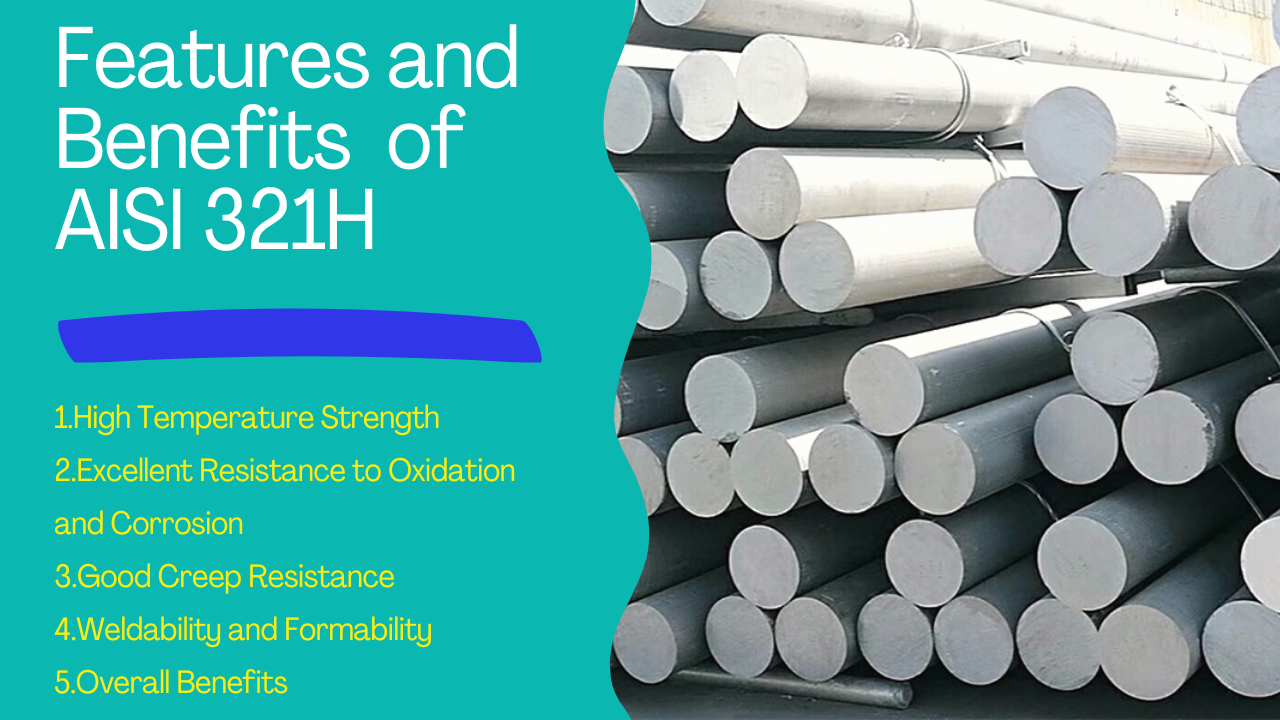
High Temperature Strength
ASTM / AISI 321H / EN 1.4878 stainless steel is engineered for superior high temperature strength. Its high carbon content enhances its ability to withstand elevated temperatures without losing mechanical integrity. This grade can operate efficiently in temperatures up to 1500°F (816°C), making it ideal for use in environments where other materials might succumb to creep or thermal deformation.
Excellent Resistance to Oxidation and Corrosion
One of the hallmark features of this stainless steel variant is its outstanding resistance to oxidation and corrosion. The chromium content forms a passive layer of chromium oxide on the steel's surface, protecting it from a variety of corrosive environments. Additionally, the titanium addition minimizes the risk of chromium carbide precipitation, which is a common cause of corrosion in stainless steels when exposed to high temperatures. This makes it highly suitable for use in oxidative and corrosive conditions, extending the lifespan of components and systems.
Good Creep Resistance
Creep resistance is a critical property for materials used at high temperatures for extended periods. ASTM / AISI 321H / EN 1.4878 exhibits excellent creep resistance, maintaining its structural integrity under continuous stress at high temperatures. This is particularly important in applications such as chemical processing equipment and exhaust systems, where materials are subjected to constant thermal cycling and mechanical stress.
Weldability and Formability
Despite its strength and durability, ASTM / AISI 321H / EN 1.4878 stainless steel retains good weldability and formability. This allows for its use in a diverse range of fabrication processes, including welding, bending, and forming. It is compatible with most standard welding methods, and its high-temperature properties ensure that welded joints maintain strength and resistance to oxidation and corrosion. This combination of weldability and formability with its high-temperature and corrosion resistance makes it versatile for manufacturing complex structures that require a high degree of reliability.
Overall Benefits
The blend of high-temperature strength, superior oxidation and corrosion resistance, excellent creep resistance, and good weldability and formability positions ASTM / AISI 321H / EN 1.4878 stainless steel as a material of choice for demanding applications. Its durability and performance under extreme conditions lead to increased reliability and reduced maintenance and replacement costs, offering significant advantages to industries such as aerospace, chemical processing, power generation, and automotive exhaust systems. These features ensure that components made from this steel grade can withstand harsh environments and rigorous use, making it a cost-effective and high-performance solution for critical applications.
Manufacturing Process Of AISI 321H
The manufacturing process of ASTM / AISI 321H / EN 1.4878 stainless steel involves several key steps designed to ensure the material's high quality and performance characteristics. This process is meticulous and requires precise control over various parameters to achieve the desired chemical composition, microstructure, and mechanical properties. Here's an overview of the primary stages in the production of this stainless steel grade:
- 1. Melting and Casting: The manufacturing process begins with the melting of raw materials, including chromium, nickel, iron, and carbon, along with trace amounts of manganese, silicon, phosphorus, sulfur, and titanium, which are critical to achieving the specific properties of 321H stainless steel. This is typically done in an Electric Arc Furnace (EAF) or an Argon Oxygen Decarburization (AOD) converter. The precise quantities of each element are carefully controlled to ensure the correct chemical composition. Once melted, the molten steel is cast into slabs, blooms, or billets, depending on the final product's desired shape and size.
- 2. Hot Rolling: The cast steel is then subjected to hot rolling, a process that occurs at a temperature above the material's recrystallization temperature. This step reduces the thickness of the cast steel and transforms it into a more workable form, such as sheets, plates, or coils. Hot rolling also helps to homogenize the microstructure and refine the grain size, enhancing the steel's overall mechanical properties.
- 3. Heat Treatment: After hot rolling, ASTM / AISI 321H / EN 1.4878 stainless steel undergoes heat treatment to achieve the desired mechanical properties and to relieve stresses induced during rolling. The heat treatment typically involves solution annealing, where the steel is heated to a high temperature (around 1040°C to 1120°C) and then quenched in water or air. This process dissolves carbides and leads to a homogenous austenitic phase, ensuring the steel's high temperature and corrosion resistance.
- 4. Cold Rolling (Optional): For applications requiring thinner material or higher surface finish and tighter tolerances, the hot-rolled product may undergo cold rolling. This process is performed at room temperature and can significantly increase the strength of the steel through strain hardening while achieving a high-quality finish and precise dimensions.
- 5. Surface Finishing: Surface finishing processes such as pickling or passivation are applied to remove any surface oxide scale formed during heat treatment and to enhance the steel's corrosion resistance. Pickling involves immersing the steel in a solution of nitric and hydrofluoric acid, while passivation involves exposing the steel to an oxidizing acid solution to form a protective passive layer.
- 6. Cutting and Shaping: The final step in the manufacturing process involves cutting and shaping the steel into the desired final product forms, such as sheets, plates, bars, or tubes. This can be achieved through various mechanical processes, including shearing, laser cutting, or waterjet cutting, followed by bending, forming, or machining as required for specific applications.
Throughout the manufacturing process of ASTM / AISI 321H / EN 1.4878 stainless steel, quality control measures are rigorously applied at each stage to ensure the material meets the strict standards for chemical composition, microstructure, and mechanical properties. This comprehensive manufacturing process enables the production of high-quality stainless steel that meets the demanding requirements of various high-temperature and corrosive environments.
FAQs about ASTM / AISI 321H / EN 1.4878 Stainless Steel

1.What Makes ASTM / AISI 321H Different from Other 321 Stainless Steel Grades?
ASTM / AISI 321H, also known as EN 1.4878, is a high carbon variant of the 321 stainless steel grade. The primary difference lies in its carbon content, which ranges from 0.04% to 0.10%, compared to the lower carbon content in standard 321 stainless steel. This higher carbon level provides ASTM / AISI 321H with enhanced high temperature strength and improved resistance to creep, making it particularly suited for applications in environments with temperatures exceeding 800°F (427°C). This makes 321H an ideal choice for high-temperature industrial applications, such as in thermal power plants and chemical processing equipment, where the material's stability and durability under high temperatures are crucial.
2.How Does ASTM / AISI 321H Perform in Corrosive Environments?
ASTM / AISI 321H / EN 1.4878 stainless steel exhibits excellent resistance to oxidation and corrosion, thanks to its chromium and nickel content. These elements form a protective layer on the steel's surface, which shields it against a wide range of corrosive agents. Additionally, the addition of titanium stabilizes the material against chromium carbide precipitation, a common cause of corrosion in stainless steels when exposed to certain temperatures. This property makes 321H highly effective in corrosive environments, including those involving organic acids, chlorides, and intergranular corrosion scenarios, ensuring long-term integrity and reliability of equipment and components.
3.What are the Typical Applications of ASTM / AISI 321H Stainless Steel?
ASTM / AISI 321H / EN 1.4878 stainless steel is extensively used in applications that demand high temperature strength and resistance to oxidation and corrosion. Its typical applications include but are not limited to aerospace components, chemical processing equipment, petrochemical plants, heat exchangers, furnace parts, and exhaust systems. The steel's enhanced high-temperature properties and excellent weldability make it suitable for use in harsh environments where other materials might fail, ensuring reliability and longevity of the applications it serves.
4.How Should ASTM / AISI 321H Stainless Steel be Maintained?
To ensure the longevity and maintain the corrosion resistance of ASTM / AISI 321H / EN 1.4878 stainless steel, regular maintenance is crucial. This includes routine cleaning to remove contaminants that could lead to surface degradation. For general cleaning, soap and water followed by a clear water rinse are usually sufficient. For tougher stains or contaminants, a mild detergent or non-abrasive cleaner may be used. It's important to avoid using steel wool or abrasive materials that could scratch the surface. In environments with high chloride exposure, more frequent cleaning may be necessary to prevent pitting corrosion. Proper maintenance ensures the material retains its aesthetic appeal and structural integrity over its service life.
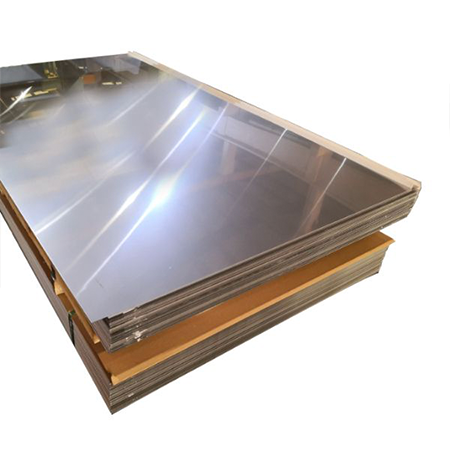
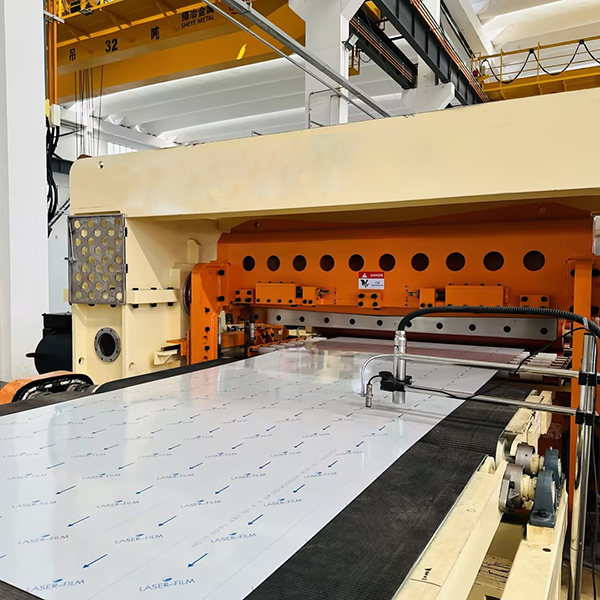
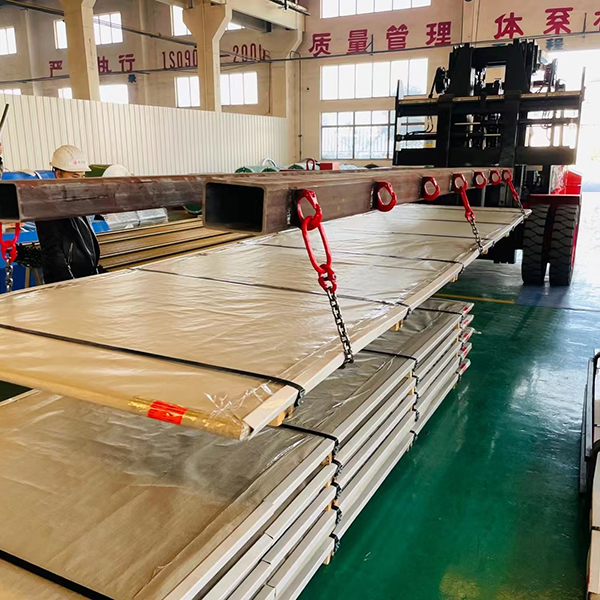
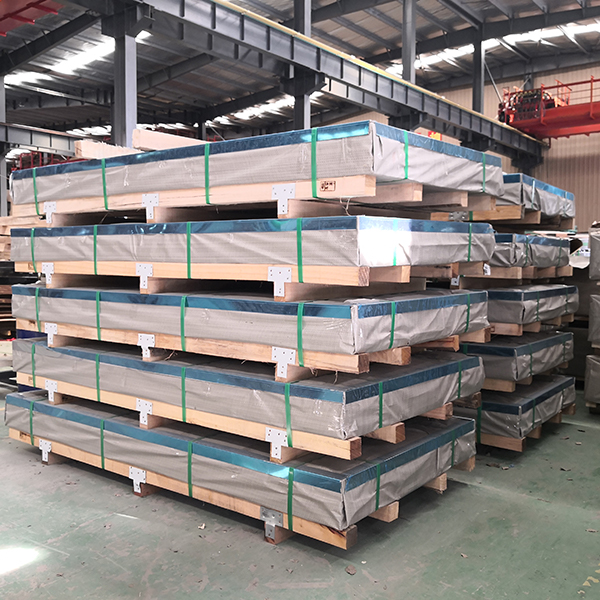


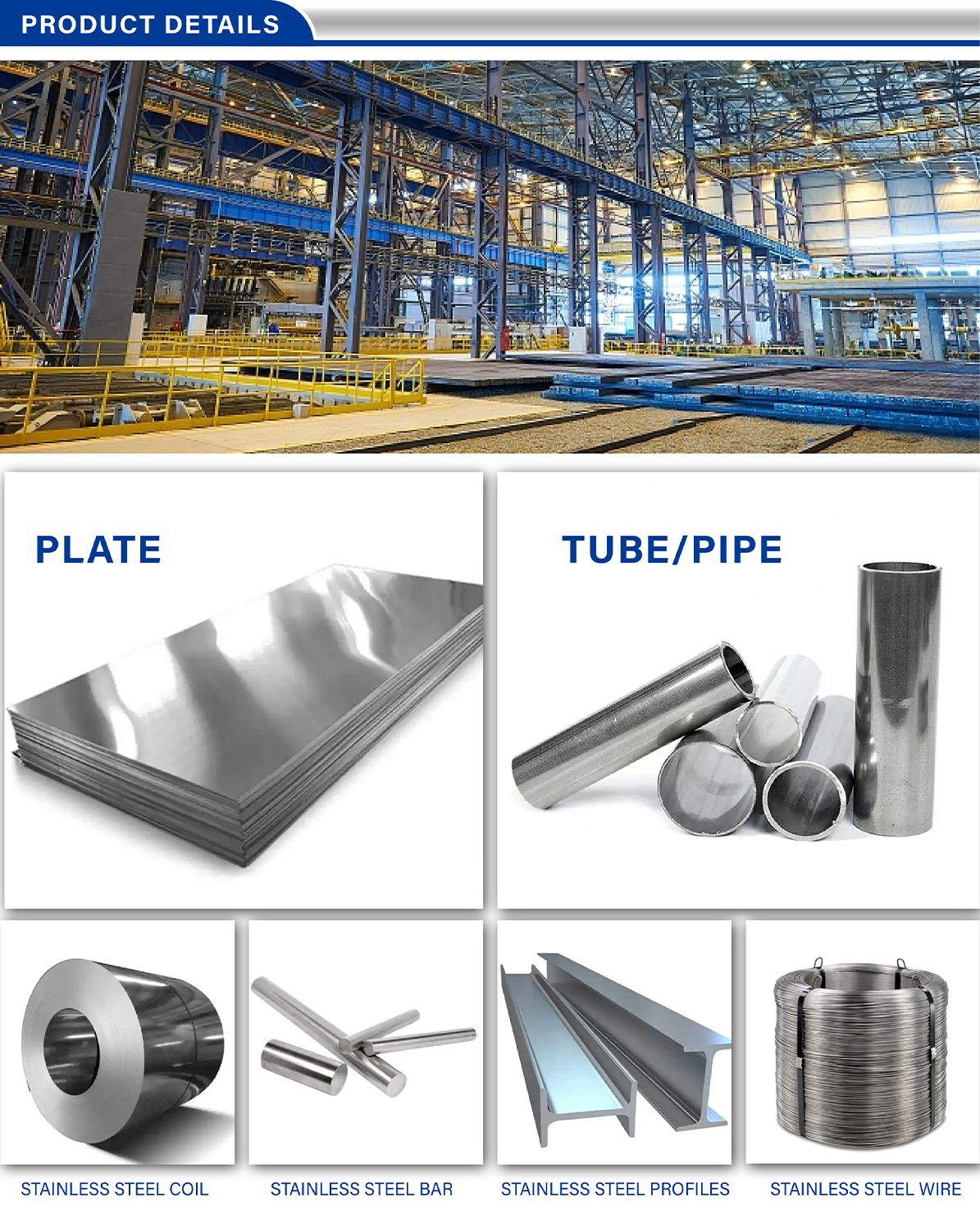
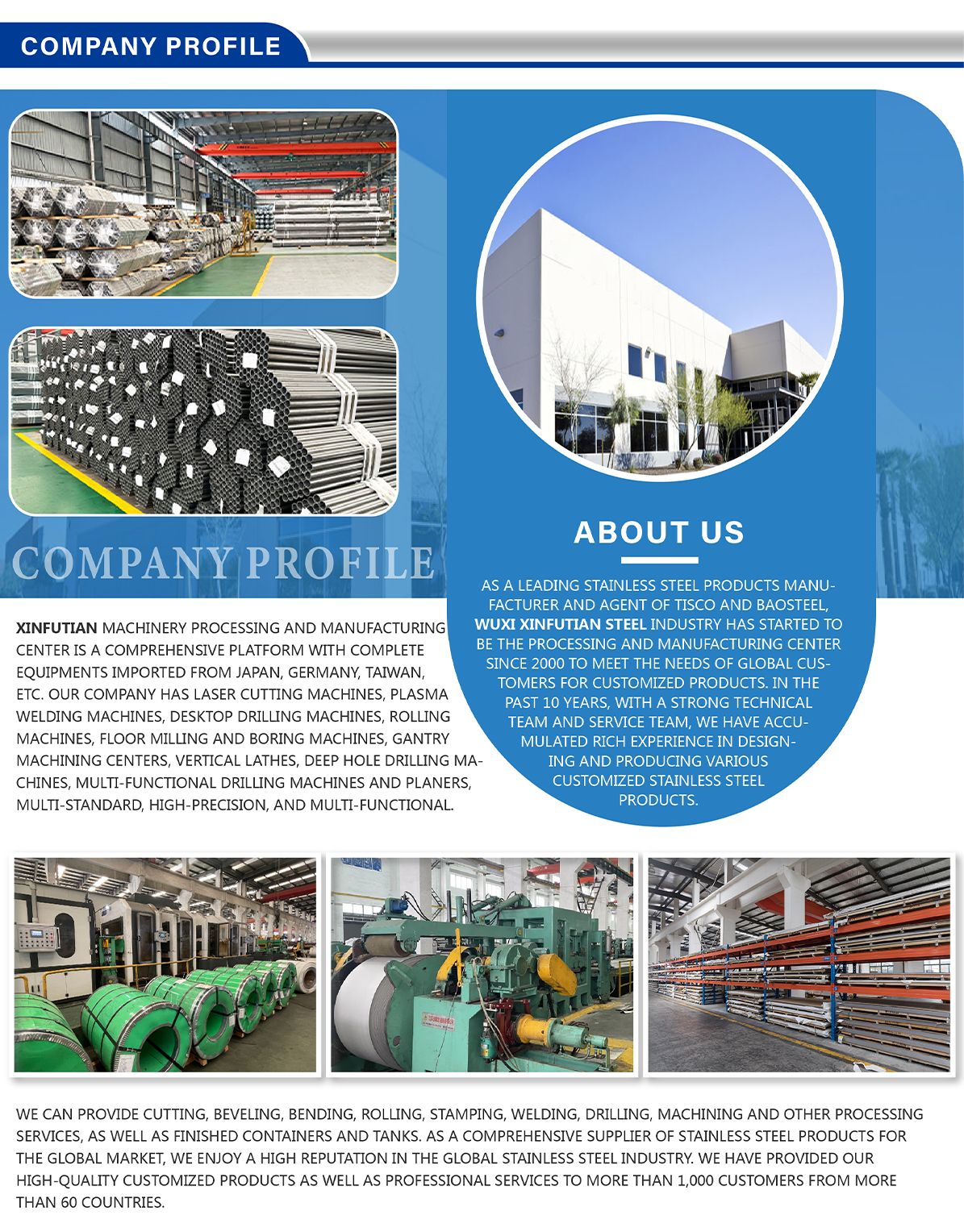
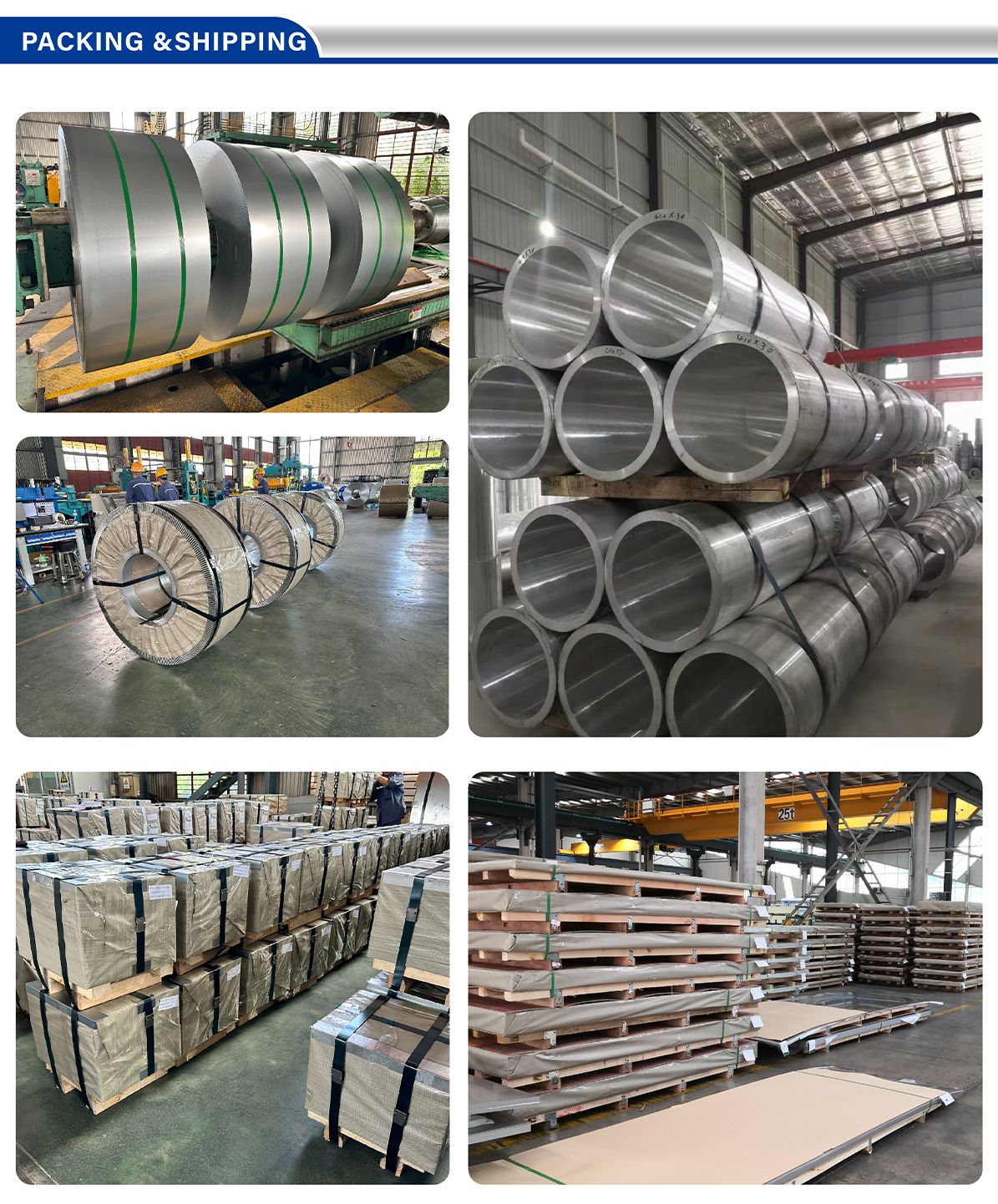
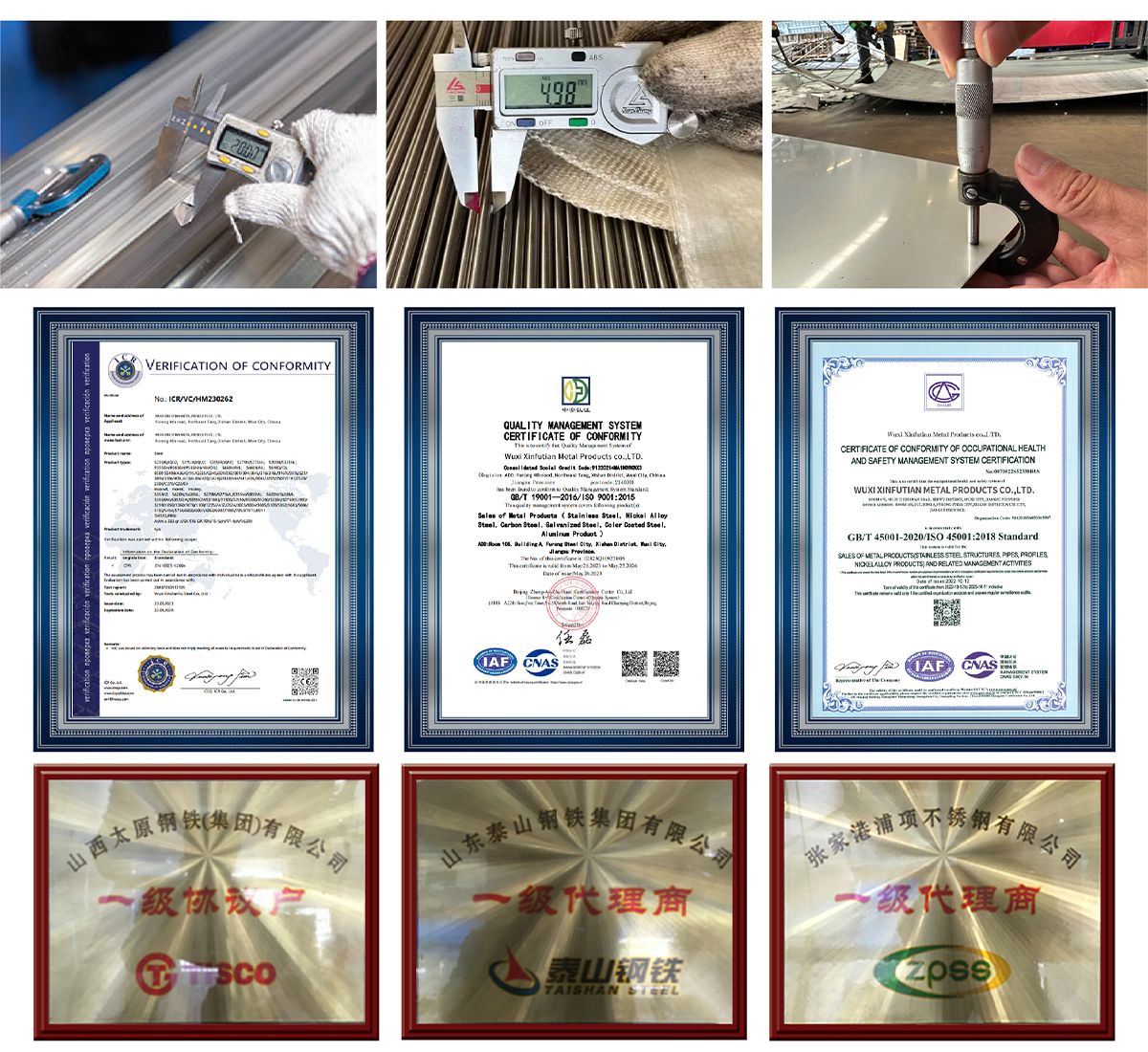


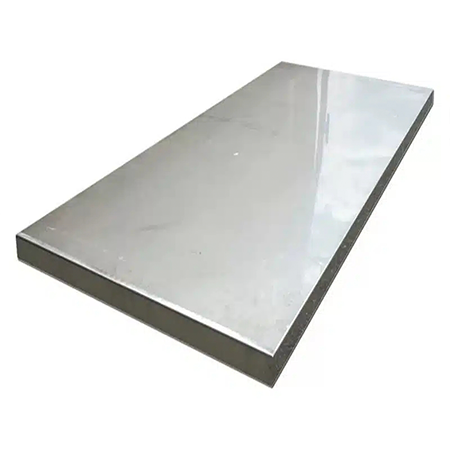 ALLOY 24 ( UNS S34565 / EN 1.4565 ) Stainless Steel
ALLOY 24 ( UNS S34565 / EN 1.4565 ) Stainless Steel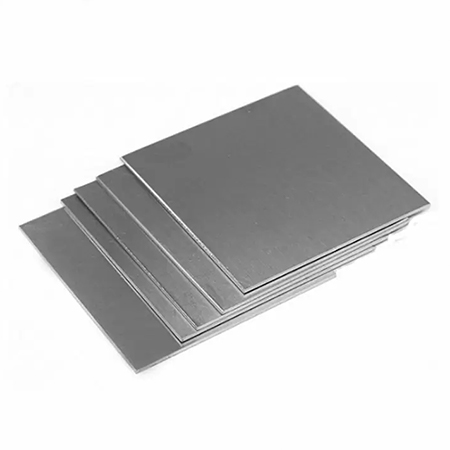 AISI 444 Stainless Steel | EN 1.4521 Stainless Steel
AISI 444 Stainless Steel | EN 1.4521 Stainless Steel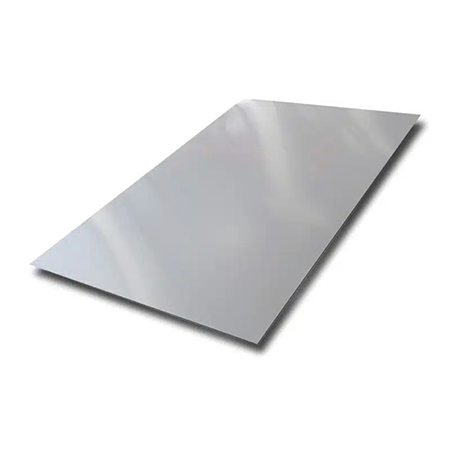 UNS N08020 | Carpenter 20 CB3 Stainless Steel
UNS N08020 | Carpenter 20 CB3 Stainless Steel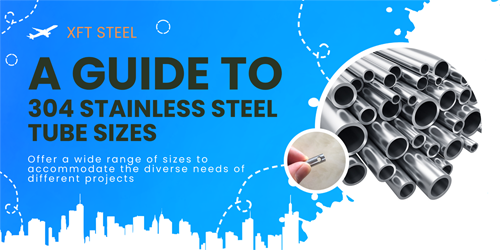 A Guide to 304 Stainless Steel Tube Sizes
A Guide to 304 Stainless Steel Tube Sizes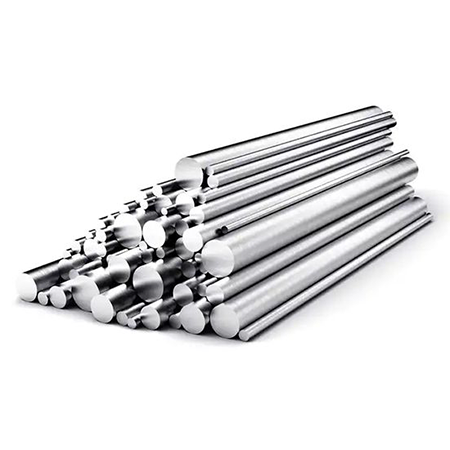 Super Duplex UNS S32750 / EN 1.4410
Super Duplex UNS S32750 / EN 1.4410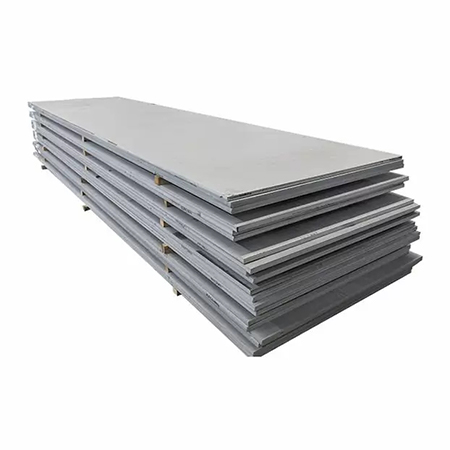 Martensitic Stainless Steel X39CrMo17-1 / 1.4122
Martensitic Stainless Steel X39CrMo17-1 / 1.4122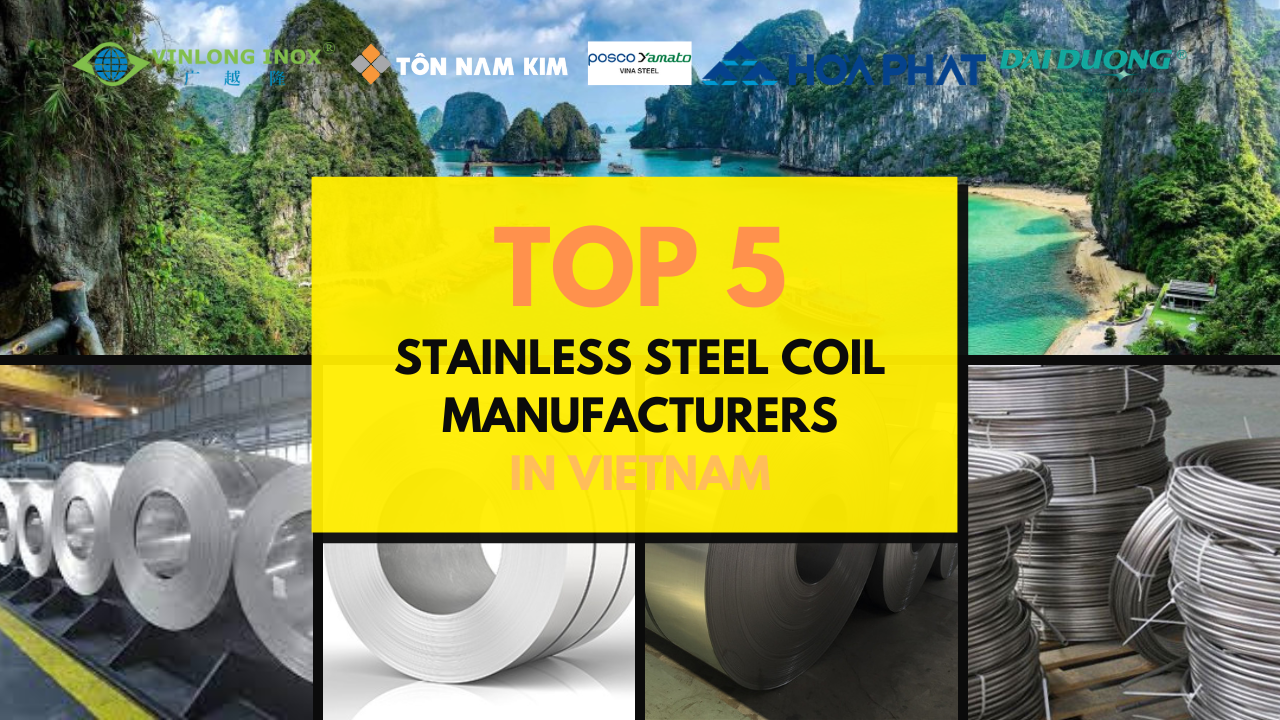 Top 5 Stainless Steel Coil Manufacturers in Vietnam
Top 5 Stainless Steel Coil Manufacturers in Vietnam 10mm vs. 20mm Stainless Steel Plate: Which One Suits Your Project Best?
10mm vs. 20mm Stainless Steel Plate: Which One Suits Your Project Best?